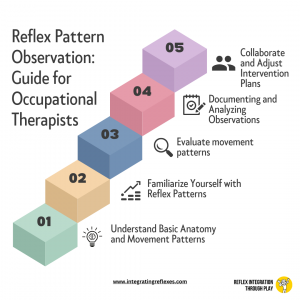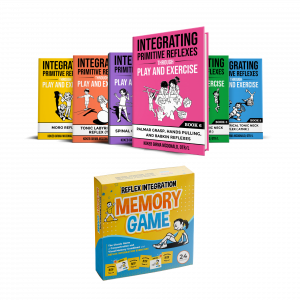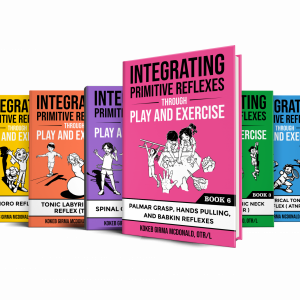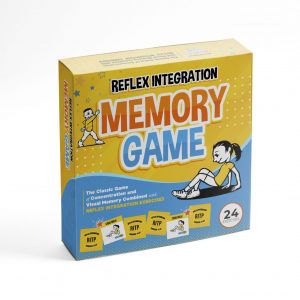Occupational therapists play a crucial role in helping individuals regain functional independence by addressing various aspects of movement, reflex patterns, and motor control. One key aspect of their assessment process involves keen observation of reflex patterns. This blog post will outline a step-by-step guide for occupational therapists to observe reflex patterns in their clients effectively.
Step 1: Understand Basic Anatomy and Movement Patterns
Before diving into reflex observation, it’s essential to have a solid understanding of basic anatomy and movement patterns associated with specific tasks. Ask yourself: What is the most efficient way to move to complete a particular task? Identify which muscles and joints should actively engage in the movement and which should provide support.
Consider the biomechanics of daily activities and occupational tasks relevant to your client’s needs. This foundational knowledge will be a baseline for recognizing standard movement patterns.
Step 2: Familiarize Yourself with Reflex Patterns
Each reflex has its sensory trigger and motor or physiological response. Begin by gaining a comprehensive understanding of common reflexes and their associated movements. Here are some examples of reflexes:
- Grasp Reflex: Triggered by tactile stimulation of the palm, leading to a gripping response.
- Moro Reflex: Elicited by a sudden change in head position or a loud noise, resulting in an extension of limbs followed by flexion.
- Tonic Labyrinthine Reflex (TLR): Triggered by head extension and flexion, resulting in core and limbs extension or flexion.

Step 3: Evaluate movement patterns
When observing a client execute a task, pay close attention to the specific body parts in motion. Evaluate whether the movement is efficient or if there are compensations. Consider the following:
- 🔑 Efficiency of Movement: Assess if the client uses the appropriate muscles and joints for the task. Efficient movement minimizes unnecessary strain and fatigue.
- 🔑 Compensatory Strategies: Look for signs of compensation, such as overreliance on specific muscle groups or joints. Compensations may indicate underlying issues with reflex integration or motor control.
- 🔑 Sensory Triggers and Reflex Responses: Analyze if the observed activity involves sensory triggers for specific reflexes. If so, observe whether the reflexes are being triggered and if the corresponding motor responses are present.
Step 4: Documenting and Analyzing Observations
Thorough documentation is crucial for tracking progress and planning intervention strategies. Create clear notes on observed movements, reflex triggers, and motor responses. Use video recordings when possible to review and analyze the client’s performance over time.
Step 5: Collaborate and Adjust Intervention Plans
Share your observations and findings with the interdisciplinary team, including caregivers. Collaborate to refine intervention plans based on the identified reflex patterns and movement observations. Adjust therapeutic activities and exercises to address specific deficits and enhance overall functional performance.
Observing reflex patterns is a skill that requires a combination of knowledge of anatomy and movement patterns, an understanding of reflex triggers and patterns, and keen observation of client movements. By systematically incorporating these elements, occupational therapists can gain valuable insights into their clients’ motor control and design targeted interventions to optimize functional outcomes.
Reflex Integration Through Play for Occupational Therapists. Learn more here!



